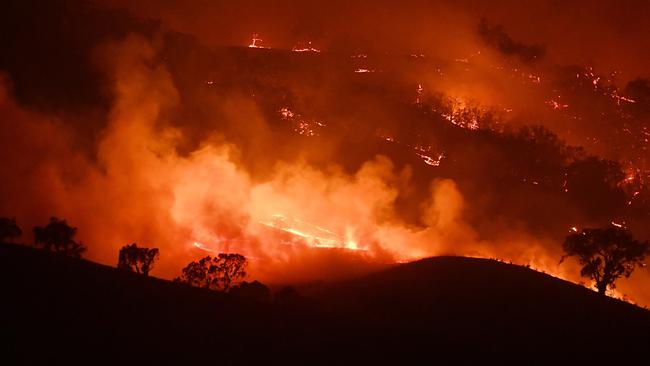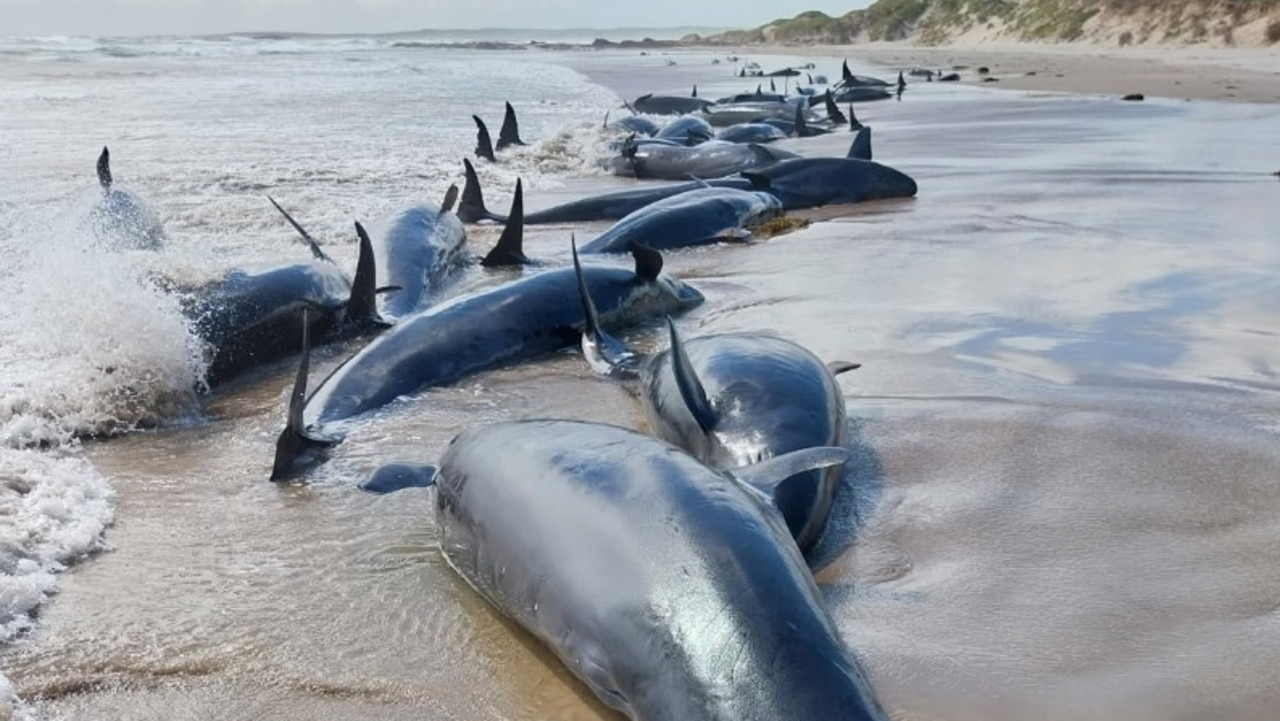Planet sizzles through hot 2020
The world’s leading weather agencies have ranked 2020 as either the equal hottest or second hottest year on record.

The world’s leading weather agencies have ranked 2020 as either the equal hottest or second hottest year on record.
According to NASA the Earth’s global average surface temperature tied with 2016 as the warmest year, 1.02C warmer than the baseline 1951-1980.
A separate, independent analysis by the National Oceanic and Atmospheric Administration (NOAA) concluded that 2020 was the second-warmest year in their record, behind 2016.
The UK Met Office said 2020 was the second hottest, concluding the Earth’s warmest 10-year period on record.
NOAA said the Australian bushfires had had a cooling impact on temperatures which was offset by lower industrial emissions due to the COVID-19 pandemic.
Australia’s Bureau of Meteorology has ranked 2020 as the country’s fourth hottest year on record.
Globally, NASA said 2020 edged out 2016 by a very small amount, within the margin of error of the analysis, making the years effectively tied for the warmest year on record.
“The last seven years have been the warmest seven years on record, typifying the ongoing and dramatic warming trend,” said GISS director Gavin Schmidt in a statement.
“Whether one year is a record or not is not really that important — the important things are long-term trends … With these trends, and as the human impact on the climate increases, we have to expect that records will continue to be broken.”
NASA said different baseline years and a lack of data from polar regions in the NASA analysis accounted for the different rankings.
According to NOAA, while the long-term trend of warming continues, a variety of events and factors contribute to any particular year’s average temperature.
“Two separate events changed the amount of sunlight reaching the Earth’s surface”, the agency said.
“The Australian bushfires during the first half of the year burned 46 million acres of land, releasing smoke and other particles more than 18 miles high in the atmosphere, blocking sunlight and likely cooling the atmosphere slightly.
“In contrast, global shutdowns related to the ongoing coronavirus (COVID-19) pandemic reduced particulate air pollution in many areas, allowing more sunlight to reach the surface and producing a small but potentially significant warming effect.”
The shutdowns had reduced the amount of carbon dioxide emissions last year, but overall CO2 concentrations continued to increase.
NOAA said since warming is related to cumulative emissions, the overall amount of avoided warming will be minimal.
It said the world’s seven warmest years have all occurred since 2014, with 10 of the warmest years occurring since 2005.



